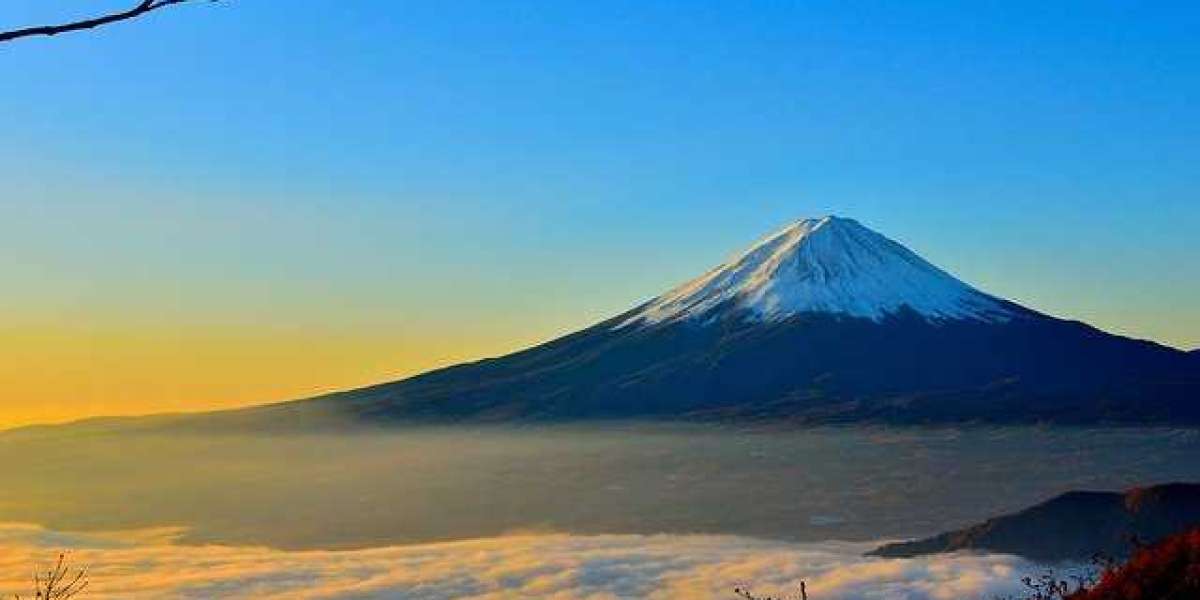Between 40 and 50 of the world's 1,500 active volcanoes are now erupting or in an agitated state. As a result, hundreds of millions of people could be at risk from its potential dangers, hence accurate prediction models are essential. Despite breakthroughs in science and technology, there is still a long way to go before an exact and completely dependable approach can be developed. For the first time ever, scientists may be one step closer to precise projections thanks to new research led by volcanologist Dan Rasmussen of the Smithsonian Institution's National Museum of Natural History (NMNH).
Scientists still don't know everything there is to know about magma movements and processes below a volcano's surface.
The volatile constituents of the magma, particularly water, are responsible for causing extremely explosive volcanic eruptions. This recent study discovered that lava with a larger water content tends to be stored lower in the Earth's crust in arc-type volcanoes, which are the most common that generate an island arc. A previous idea that magma storage depth is mostly governed by neutral buoyancy in surrounding rock has been disproved by these data.
As Rasmussen puts it, "Water initiates and mostly fuels eruptions." This study links the depth at which magma is stored with water, which Rasmussen adds is essential since water initiates and mainly fuels eruptions. A abrupt drop in pressure, like as opening the lid of a shaken Coke bottle, causes gas bubbles to erupt in magma stored beneath a volcano, causing the magma to collapse. emerge from the depths of the volcano and explode. Volatile eruption may be more likely when there is a higher water content in the magma."
sifting through the ashes for olivine
While earning his doctorate at Columbia University's Lamont-Doherty Earth Observatory in 2015, Rasmussen began his research. The volcanologist Terry Plank recommended during his stay that he look into why and what controls the depth of magma storage. Volcanic debris from eight Aleutian Islands volcanoes was gathered by geophysicist Diana Roman of the Carnegie Institution for Science, together with a team of other researchers.
The researchers focused on arc volcanoes, which are formed when two tectonic plates come together in an arc. As the most common form of volcano on the planet, arc volcanoes like those found in Aleutian Islands are an obvious target for improving forecasting capacities, as they make up the entirety of the 'Ring of Fire' that surrounds the Pacific Plate.
They were looking for olivine crystals in the ash. Tiny crystals of green magma can be found embedded in these tiny green crystals. Remaining witnesses to what has happened inside, they can determine the magma's water content by seeing it from above.
Data from six Aleutian volcanoes and 56 other volcanoes were pooled to determine the water content of locked magma. A total of 3,856 samples were collected from 62 volcanoes for the final analysis.
More water at a greater depth.
Using material from recent eruptions, Rasmussen and his team were able to properly estimate the depth and water content of the volcano's magma reservoir since magma reservoirs appear to remain stable following an eruption.
After years of fieldwork, geochemical analysis, and literature review, the team compared the depth of the magma reservoirs of 28 volcanoes throughout the world to their relative estimates of magmatic water. As it turned out, there was a considerable correlation between a magma reservoir's water content and its storage depth. To put it another way, magmas that included more water were more likely to be stored in the Earth's crust at a lower elevation.
Researchers found that magma's water concentration is responsible for influencing its depth, not just correlated to it. The researchers were able to demonstrate the link between the occurrence of water-bearing magmas in the Earth's mantle and the presence of chemical tracers. According to Rasmussen, the chemical traces of original magma water content would not be produced if "storage depth determined the water content in the magma," as Rasmussen suggested.
Because of the water in the magma, its depth is determined
Rasmussen and his co-authors believe that magma storage depth is determined by a process called degassing, in which water mixed with magma forms gas bubbles. Researchers believe that when lava rises through the Earth's crust, it gets more viscous, which slows and eventually stops the magma's rise.
Overturning the widely accepted theory that magma rises through Earth's crust cracks because molten rock is buoyant is evidence that water content largely controls magma storage depth. reaches neutral buoyancy, where the magma does not buoy more than its surroundings, and settles to its storage depth.
If these findings hold up in different geological contexts, such as hot-spot volcanoes like the Hawaiian Islands or rift volcanoes like those in East Africa, the next stage in this research will be to test this hypothesis. "If magma water content regulates magma storage depth, what governs magma water content?" Rasmussen inquired in a follow-up interview.



